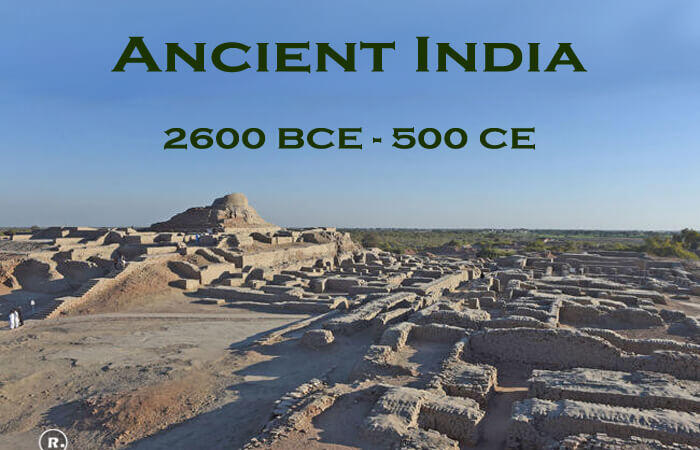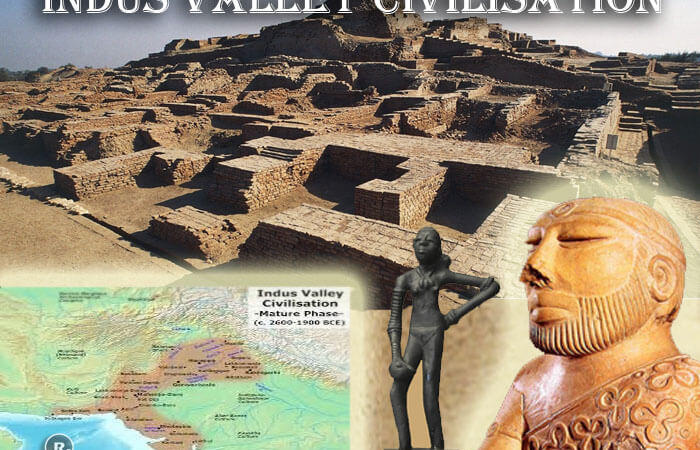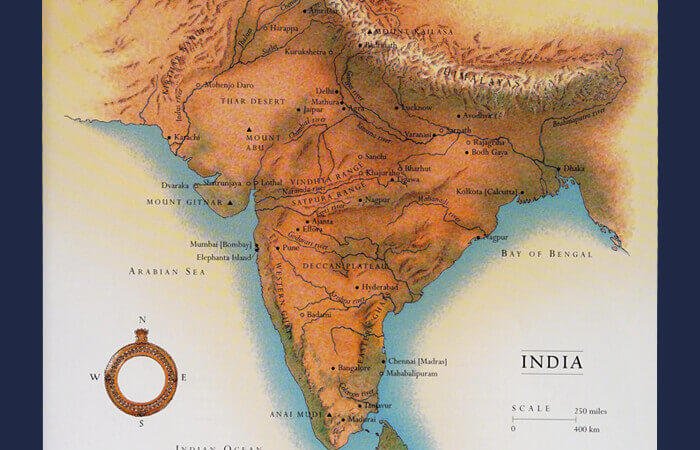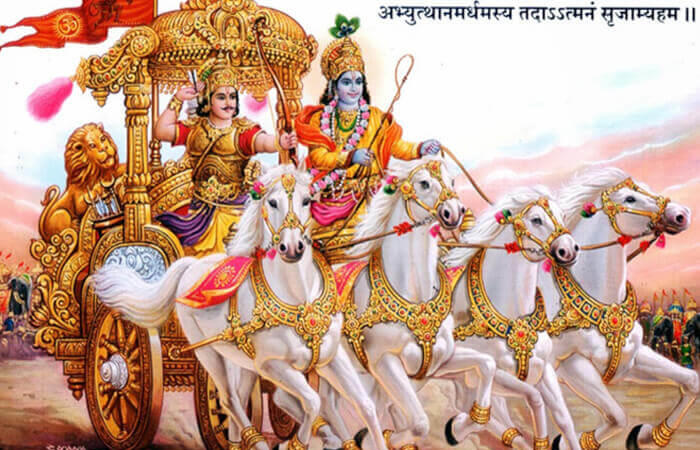Chandra Shekhar Azad
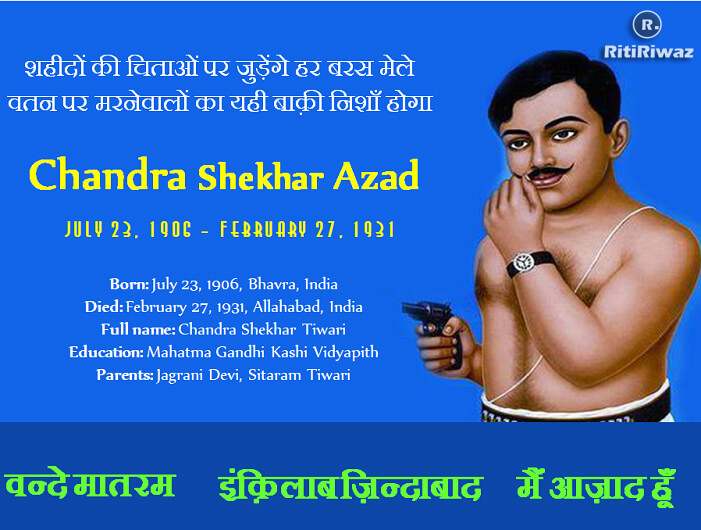
Chandra Shekhar Azad was a great young revolutionary who sacrificed his life to protect the country. He played an important role in the freedom movement with the spirit of unwavering patriotism and his courage and inspired many people to take part in this movement. He chose to die as a free man rather than live a captive in British imprisonment.
Fast Facts
Name: Pandit Chandrashekhar Tiwari (Chandrashekhar).
Birth: July 23, 1906
Birthplace: Bhavra (Madhya Pradesh).
Father: Pandit Sitaram Tiwari.
Mother: Jagrani Devi.
Education: Sanskrit School in Varanasi
Associated with: Hindustan Republican Association (HRA) was later renamed as Hindustan Socialist Republican Association (HSRA)
Political ideology: Liberalism, Socialism, Anarchism
Death: February 27, 1931
Place of death: Alfred Park of Allahabad
Memorial: Shekhar Azad Memorial (Martyr’s Memorial), Orchha, Tikamgarh, Madhya Pradesh
Early Life
Chandrashekhar Azad was born as Chandra Shekhar Sitaram Tiwari on 23rd July in 1906 in Badarka village of Unnao district of Uttar Pradesh. Azad’s father Pandit Sitaram Tiwari had left the village and went to Madhya Pradesh due to the famine. His mother’s name was Jagrani Devi.
Chandra Shekhar Azad’s childhood was spent in Bhavra village, a dominated area. As a child, Chandrashekhar Azad had learned to shoot the bow and arrow while living with the Bhil boys, along with the hobby of shooting made him a good shooter.
Chandra Shekhar Azad was given his primary education at home. Since childhood, Chandrashekhar did not have any special interest in studies. Therefore, Manohar Lal Trivedi, a close friend of his father, used to come to teach Chandrashekhar. Which also taught Chandra Shekhar and his brother Sukhdev. His other Jagrani Devi wanted him to become a Sanskrit scholar. That is why Chandrashekhar Azad was sent to Kashi Vidyapeeth, Banaras to learn Sanskrit.
Non-Cooperation Movement
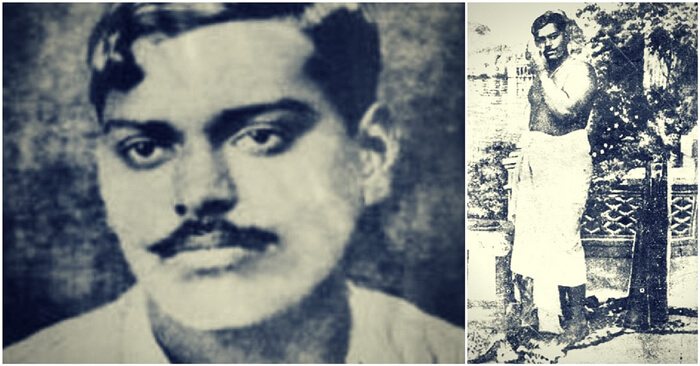
Since childhood, Chandra Shekhar was filled with the spirit of freeing Mother India. For this reason, he himself had kept his name, Azad. In 1919, the Jallianwala Bagh massacre of Amritsar shook him. Chandrashekhar was studying at that time. Since then a fire was burning in his mind.
Mahatma Gandhi announced the non-cooperation movement in December 1921. At that time Chandra Shekhar Azad was only 14 years old, but since then the spirit of patriotism was filled inside him, that is why he became a part of Gandhiji’s non-cooperation movement and was imprisoned as a result. When 15-year-old Azad was produced before the judge, he said that my name is Azad, my father’s name is Azadi and my address is Jail.
Chandrashekhar’s answers made the judge furious and sentenced Chandra Shekhar to 15 whips lashing, while Chandrashekhar, who remained firm on his point, did not even flaunt and raised the slogan of “Bharat Mata ki Jai” with every whip.
In 1922, Mahatma Gandhi expelled Chandrashekhar Azad from the non-cooperation movement after several policemen had been murdered by a revolutionary mob at Chauri Chaura. After the suspension of the non-cooperation movement, Chandrashekhar Azad was attracted to more aggressive and revolutionary ideals. He committed himself to get freedom for the country at any cost. Chandrashekhar Azad along with his allies targeted British officers who were known for their repressive policies against common people and freedom fighters.
Azad came in contact with Ram Prasad Bismil, who founded the Hindustan Republican Association (HRA), an organization involved in revolutionary activities. The Hindustan Republican Association (HRA), came to be known as the Hindustan Socialist Republican Association (HSRA) in 1928. The organizations took part in revolutionary activities against British rule and Chandrashekhar Azad should always be ahead in those activities.
Chandra Shekhar Azad was involved in incidents such as the Kakori train robbery (1926), the attempt to blow up the Viceroy’s train (1926), and the shooting of Saunders (1928) to avenge the death of Lala Lajpat Rai in Lahore. Ram Prasad Bismil, Ashfaqulla Khan, Rajendra Lahiri, and Thakur Roshan Singh, who formed the HRA, were sentenced to be hanged after the Kakori incident.
Despite being a member of Congress, Motilal Nehru regularly gave money in support of Azad. Azad was deeply hurt when the Delhi Assembly bomb accused Bhagat Singh, Rajguru, and Sukhdev were sentenced to death.
While hiding his identity, he was living in Jhansi under the name of Pandit Harishankar Brahmachari for a long time, along with he also used to teach the children of Dhimarpura. Although many of his accomplices were caught by the police and sentenced to death, Azad remained free till his last breath.
Death
Azad died on 27 February 1931 in Alfred Park, Allahabad. The police got information about Chandrashekhar Azad hiding in Azad Park from his old colleague named Virbhadra Tiwari, the British police surrounded Azad and his colleagues from all sides. While defending himself, he was badly injured and he also killed several policemen.
Azad used to tell his companions that he would never be caught and would always be free. In fact, he used to carry an extra bullet with him in case he was arrested so that he could kill himself, and he did the same. The Colt pistol of Chandrashekhar Azad that he used is displayed at the Allahabad Museum.
To honor the incredible sacrifice of this legend, the park has been renamed Chandra Shekhar Azad Park. A statue of Azad — muscular, bare-chested, and twirling his mustache — has also been installed near the tree where he died and visited by hundreds of people every day.
The great warrior Chandra Shekhar Azad shook the foundations of the British Raj and scared the British with his violent activities and who devoted himself completely to the freedom struggle. Azad’s grand sacrifice did not immediately lead to independence, but he intensified the revolt among the Indian revolutionaries against the British rulers.
India got independence on August 15, 1947, 16 years after Azad’s martyrdom and his dream of India’s independence was fulfilled. The name of Azad, who sacrificed himself in the war of independent India, became immortal forever.
He used to fondly recite ‘Dushman ki goliyon ka hum saamna karenge. Azad hi rahein hain, azad hi rahenge‘.

